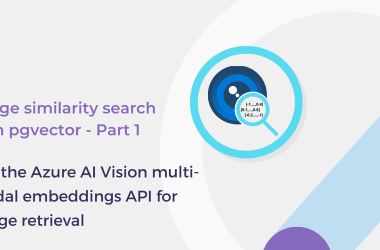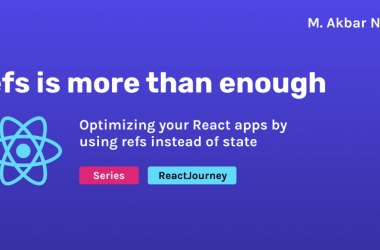Building an AI model similar to ChatGPT is a complex task, and delving deep into it requires exploring various facets of machine learning, deep learning, natural language processing, and infrastructure setup. Here’s an in-depth breakdown:
1. Foundational Knowledge:
- Deep Learning Foundations: Study deep neural networks, backpropagation, activation functions, and optimization techniques.
- Transformers and Attention Mechanisms: GPT (like ChatGPT) is built using transformers. Understand how self-attention works and how it facilitates capturing contextual information.
2. Data Collection & Management:
- Sources: Use datasets like Common Crawl, BooksCorpus, Wikipedia, etc.
- Storage: Due to the size of datasets, cloud storage or distributed file systems like Hadoop HDFS might be necessary.
- Data Quality: Ensure data diversity and representation. Clean data by removing duplicates, inappropriate content, etc.
3. Preprocessing:
- Tokenization: Convert text into tokens using techniques like byte-pair encoding (BPE) or SentencePiece.
- Chunking: Divide data into manageable chunks or sequences to feed into the model.
4. Infrastructure:
- Hardware: Use high-performance GPUs or TPUs. Multi-GPU or distributed training may be necessary for larger models.
- Software: Utilize deep learning frameworks like TensorFlow or PyTorch.
5. Model Design:
- Architecture: Adopt the transformer architecture. Choose the model size (number of layers, hidden units, attention heads).
- Regularization: Implement techniques like dropout or layer normalization to prevent overfitting.
6. Training:
- Initialization: Start weights with small random values.
- Learning Rate & Schedulers: Adaptive learning rates (e.g., Adam optimizer) and learning rate warm-up can stabilize training.
- Loss Function: Use cross-entropy loss for language modeling.
- Gradient Clipping: Prevent exploding gradients.
- Monitoring: Track metrics like perplexity to gauge model performance.
7. Evaluation:
- Metrics: Use metrics such as BLEU, ROUGE, METEOR for specific tasks or perplexity for general language modeling.
- Validation Set: Keep a separate dataset for evaluation during training to prevent overfitting.
8. Fine-tuning:
- Task-specific Data: Use datasets related to specific tasks like translation, summarization, etc.
- Lower Learning Rate: Often, a reduced learning rate is used to prevent drastic updates that could harm pre-learned features.
9. Deployment:
- Model Serving: Tools like TensorFlow Serving or TorchServe can be used to deploy models.
- Scaling: Consider solutions like Kubernetes for scalability.
- APIs: Create RESTful or GraphQL APIs to provide access to the model.
10. Monitoring & Maintenance:
- Feedback Loop: Collect user feedback for continuous improvement.
- Retraining: Periodically fine-tune or retrain the model with fresh data.
11. Ethical & Safety Measures:
- Bias Mitigation: Evaluate the model for biases and implement techniques to reduce them.
- Output Filters: Put measures in place to prevent the model from producing harmful or inappropriate content.
- Transparency: Provide users with information on how the model works and its potential limitations.
12. Resources & Communities:
- Pre-trained Models: Utilize models like GPT-2, which are publicly available, to bootstrap your efforts.
- Libraries & Tools: HuggingFace’s Transformers library is invaluable for working with models like GPT.
- Engage with the Community: Stay updated with the latest advancements by participating in forums, reading papers, and attending conferences.
This deep dive provides a roadmap, but each step is a significant undertaking. Experience, collaboration, and iterative experimentation are crucial to successfully building a model of this caliber.
Thank you for reading. I encourage you to follow me on Twitter where I regularly share content about JavaScript and React, as well as contribute to open-source projects and learning golang. I am currently seeking a remote job or internship.
Twitter: https://twitter.com/Diwakar_766
GitHub: https://github.com/DIWAKARKASHYAP
Portfolio: https://diwakar-portfolio.vercel.app/





